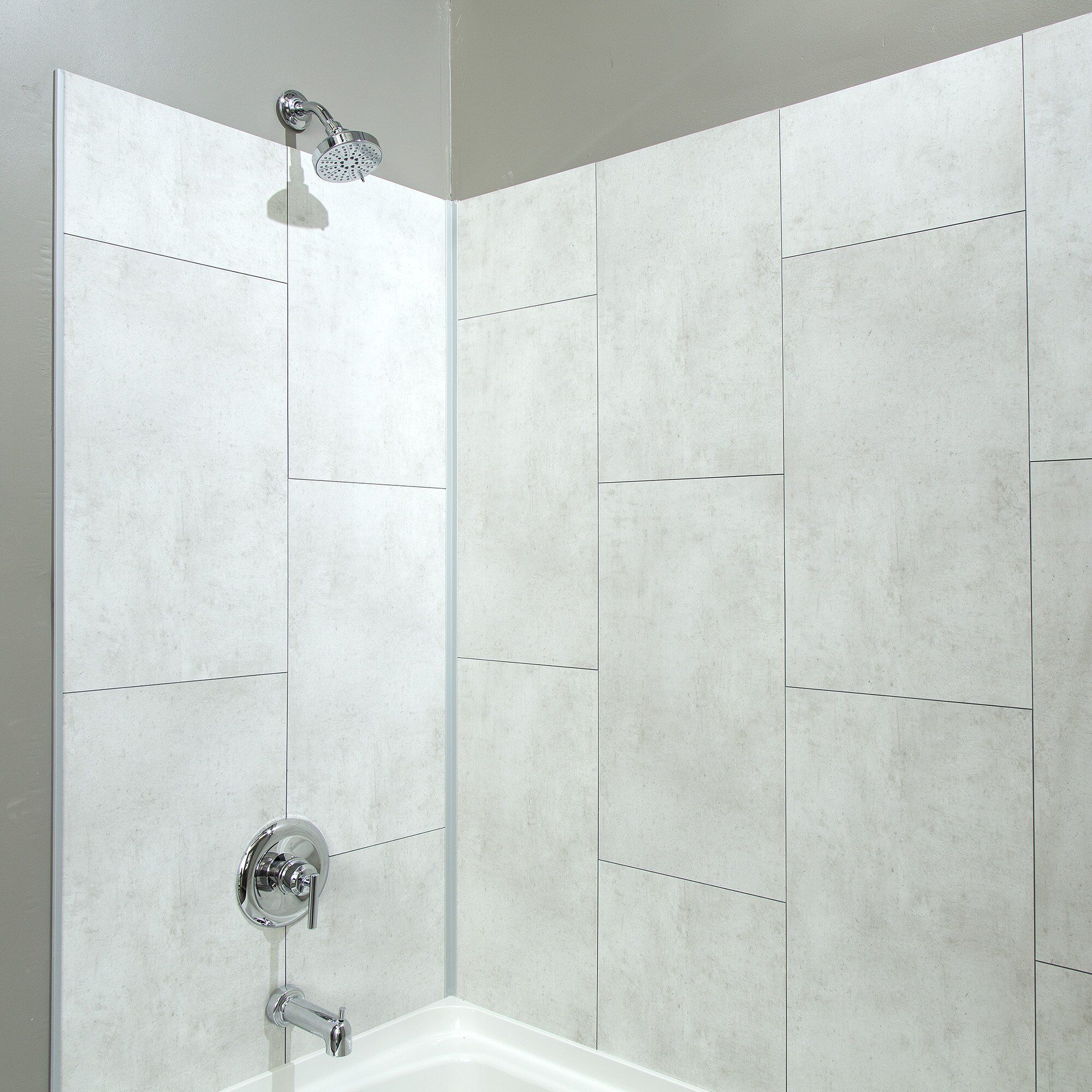Benefits of Acrylic Wall Covering for Bathrooms

Acrylic wall covering for bathroom – Acrylic wall covering offers a plethora of advantages in bathroom applications, surpassing other materials in terms of aesthetics, functionality, and durability.
Acrylic wall coverings offer a sleek and durable solution for bathrooms, providing both style and functionality. Their versatility extends beyond bathrooms, as they can also complement interior decoration for living rooms. By incorporating acrylic wall coverings into a living room design, one can create a cohesive and sophisticated aesthetic that seamlessly transitions between different spaces in the home.
Acrylic’s non-porous surface prevents the absorption of moisture, making it an ideal choice for humid bathroom environments. It effectively resists mold and mildew growth, ensuring a hygienic and healthy space.
For a bathroom that exudes both elegance and simplicity, consider incorporating acrylic wall coverings. Their sleek, non-porous surface adds a touch of sophistication while ensuring durability and ease of maintenance. If you’re drawn to the principles of minimalist home design , acrylic wall coverings can seamlessly complement your aesthetic.
Their clean lines and neutral hues create a calming and uncluttered ambiance, allowing the bathroom to serve as a tranquil sanctuary.
Enhanced Aesthetics
- Acrylic wall covering comes in a wide range of colors, patterns, and textures, allowing for limitless design possibilities.
- Its glossy finish reflects light, creating an illusion of spaciousness and enhancing the overall ambiance of the bathroom.
Improved Functionality
- Acrylic’s seamless surface eliminates grout lines, reducing the risk of water leakage and making cleaning effortless.
- Its non-absorbent nature makes it highly resistant to stains and chemicals, ensuring a pristine appearance for years to come.
Exceptional Durability
- Acrylic wall covering is highly resistant to scratches, dents, and impact, making it ideal for high-traffic bathroom areas.
- Its colorfast properties prevent fading or discoloration, ensuring a vibrant and fresh appearance throughout its lifespan.
Design Considerations for Acrylic Wall Covering

Acrylic wall covering offers a wide range of design options, allowing you to customize your bathroom to suit your personal style and the overall décor. Here are some tips to help you select the right color, pattern, and texture of acrylic wall covering for your bathroom:
Color
The color of your acrylic wall covering can have a significant impact on the overall look and feel of your bathroom. Light colors, such as white, beige, or light gray, can make a small bathroom feel larger and brighter. Darker colors, such as navy blue, black, or deep green, can create a more dramatic and sophisticated look. You can also choose to use a combination of light and dark colors to create a unique and eye-catching design.
Pattern
The pattern of your acrylic wall covering can add visual interest to your bathroom. You can choose from a variety of patterns, including stripes, checks, florals, and geometric designs. If you have a small bathroom, you may want to choose a small-scale pattern to avoid making the space feel cluttered. If you have a large bathroom, you can choose a larger-scale pattern to create a more dramatic look.
Texture
The texture of your acrylic wall covering can add depth and dimension to your bathroom. You can choose from a variety of textures, including smooth, embossed, and textured. Smooth textures are easy to clean and maintain, while embossed and textured textures can add visual interest to your bathroom. If you have a small bathroom, you may want to choose a smooth texture to avoid making the space feel smaller.
Coordinating with Other Bathroom Fixtures and Accessories
When choosing acrylic wall covering for your bathroom, it is important to coordinate it with the other fixtures and accessories in the space. For example, if you have a traditional bathroom, you may want to choose an acrylic wall covering with a classic design. If you have a modern bathroom, you may want to choose an acrylic wall covering with a more contemporary design. You can also use acrylic wall covering to create accent walls or feature areas in your bathroom. For example, you could use a dark color of acrylic wall covering to create an accent wall behind your vanity or mirror. You could also use a textured acrylic wall covering to create a feature wall in your shower or bathtub area.
Installation and Maintenance of Acrylic Wall Covering

Installing acrylic wall covering in bathrooms requires meticulous preparation and precise application techniques. Understanding the steps involved and following best practices ensure a flawless and durable finish.
Wall Preparation
Begin by cleaning the walls thoroughly to remove any dirt, grease, or debris. Repair any cracks or holes using a patching compound. Ensure the walls are smooth and level by sanding any rough surfaces.
Adhesive Application
Apply a thin, even layer of acrylic-compatible adhesive to the back of the wall covering using a notched trowel. Align the material with the wall and press it into place, smoothing it out from the center towards the edges.
Smoothing and Finishing
Use a wallpaper smoother or a clean cloth to smooth out any wrinkles or air bubbles. Trim any excess material around the edges using a sharp utility knife. Allow the adhesive to dry completely before using the bathroom.
Cleaning and Maintenance, Acrylic wall covering for bathroom
Acrylic wall covering is easy to clean and maintain. Use a mild detergent and warm water to wipe down the surface regularly. Avoid harsh chemicals or abrasive cleaners that could damage the material.